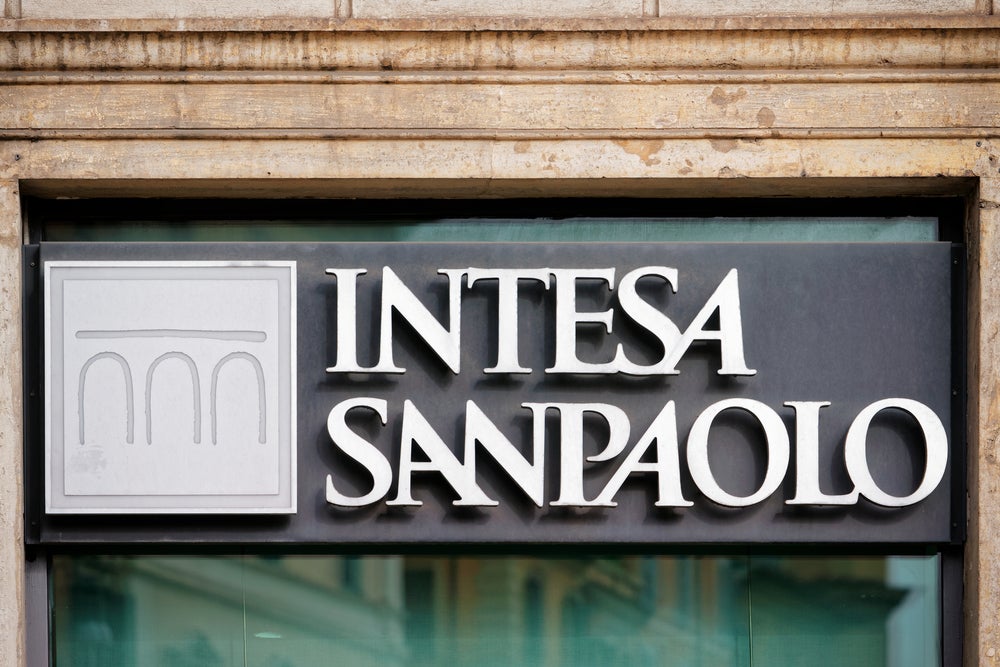After facing down doubts over their future,
exchange-traded funds – transparent, full of tax efficiencies and
available for trading all day – are poised to make a huge leap
forward in the US. Charles Davis talks with one of the early movers
about what could become a wealth management staple.
To William Thomas, chief executive of
San Francisco money manager Grail Advisors, actively-managed
exchange-traded funds (ETFs) are the mutual funds of the
future.
“My nieces and nephews and yours will be buying
ETFs, not mutual funds,” he says. “It is an updated, modernised
mutual fund, really. But it is a lower price point, more tax
efficient, fully transparent, and it gives you the ability to buy
and sell at your price point throughout the entire trading day. It
leverages new technology to take the mutual fund into the 21st
century.”
Thomas, a former head of distribution at
Charles Schwab who ran the firm’s OneSource product suite, says
that ETFs are quickly becoming a go-to channel for wealth
management. Grail is introducing two fixed-income funds that bring
its stable of actively-managed ETF products to seven.
Grail has introduced the Grail McDonnell
Intermediate Municipal Bond ETF and the Grail McDonnell Core
Taxable Bond ETF. Both portfolios are actively-managed and
sub-advised by McDonnell Investment Management, a Chicago
fixed-income specialist that manages more than $13bn of assets.
How well do you really know your competitors?
Access the most comprehensive Company Profiles on the market, powered by GlobalData. Save hours of research. Gain competitive edge.

Thank you!
Your download email will arrive shortly
Not ready to buy yet? Download a free sample
We are confident about the unique quality of our Company Profiles. However, we want you to make the most beneficial decision for your business, so we offer a free sample that you can download by submitting the below form
By GlobalDataThomas says that Grail, which began business in
May 2009, plans to launch more equity and fixed-income actively
managed ETFs and is in talks with a number of mutual fund companies
that are interested in converting mutual fund offerings to
ETFs.
Thomas says Grail is still in its infancy
stage, with $28m in assets under management (AuM), but says he is
confident it can develop further.
“We should be between $500m and $800m AuM by
the end of the year,” he says. “This is going to be a tremendous
growth opportunity.”
In for the long haul
As proof of ETFs’ staying power, Thomas
says that Manulife’s John Hancock, Goldman Sachs, Pimco and T Rowe
Price have filed applications with the US Securities and Exchange
Commission to begin introducing actively-managed ETFs. Pimco
launched the first actively-managed ETF last year – the Pimco
Intermediate Municipal Bond Strategy Fund.
“It validates the business, while also showing
shareholders the benefits of our strategy,” he says. “The more
folks out talking ETFs, the less exotic they seem.”
Three companies currently dominate the ETF
market: State Street Corp, BlackRock and Vanguard Group. In
December, BlackRock completed its $13.5bn purchase of Barclays
Global Investors – a longtime leading ETF provider with its iShares
products – and became the largest provider of ETFs. BlackRock’s ETF
business grew 45% last year, to $115bn, and has been introducing
new portfolios this year.
Last year, nine companies began offering ETFs
as the number of funds grew by 10%. Three of those nine, including
Grail, introduced actively-managed ETFs.
“This isn’t a trend,” he says. “This is a
transformational time in the business.”
Growing potential
Grail plans to introduce sector-based
funds, country-specific funds and hedge-like products this year. In
addition to McDonnell, Grail uses the money managers American
Beacon Funds, New York-based RiverPark Advisors and St Louis-based
Wedgewood Partners to sub-advise its actively managed equity
ETFs.
“I see the advantages in the distribution
opportunity,” Thomas says. “I’m not focused on what age group is
buying ETFs, but I’m interested in thinking about channels.
Advisers are embracing ETFs, and so as more and more clients seek
an advised business model for clients, it’s only going to grow
faster.
“Self-directed investing has been slowing down
for years now, and the ETF is a better option. They are looking at
tax efficiency and cost, and they like to know what’s going on in
the portfolio on a daily basis.”
As further evidence of the growing importance
of ETFs, the sector now has a freshly-christened trade group. The
ETF Council, a new trade organisation for exchange-traded funds
that will focus on both marketing and lobbying, is set to launch
this month.
Actively-managed ETFs
Regular ETFs have been around for 17 years and
almost all of them passively track a benchmark, such as the S&P
500 index. A big advantage is that ETFs can trade like a stock
throughout the day – something managers can not do with a mutual
fund.
Actively-managed ETFs were introduced two years
ago and there are 19 of them with a total of $344m in assets,
according to Morningstar. That is a small slice of the estimated
$800bn in all ETFs.
With an active ETF, a money manager – not an
index – decides what securities to hold with the goal of
outperforming the market. That is the same objective of an actively
managed mutual fund, but again an ETF has benefits that the
old-fashioned mutual fund does not.
Because an ETF trades like a stock, the manager
can get the price of the shares at the time they buy or sell,
giving the manager more control. When a firm executes a trade with
a mutual fund, they get whatever the price is at the end of the
day.
More importantly, ETFs can trade securities in
a way that avoids or reduces capital gains, so investors might not
be hit with a tax bill each year, Thomas says. Mutual funds trigger
capital gains when they sell securities for a profit, and they are
required each year to pass those gains onto investors. Because of
this, clients can owe capital gains tax even if the fund plunged in
value.
ETFs that track indexes are relatively
inexpensive to run, so their fees tend to be low. The average
annual expense ratio of an active ETF is 0.6% of invested assets,
slightly higher than a traditional ETF but about half the cost of
the typical actively managed mutual fund, according to
Morningstar.
Finally, ETFs are transparent. They must report
their holdings at the end of each day, while mutual funds might not
reveal this for 30 to 60 days, Thomas says.
Grail Advisors’ first active ETF, the Beacon
Large Cap Value, returned 29% from its inception last May to the
end of the year, while its benchmark also rose 29%.
It is too early for such returns to mean much,
but given all the other advantages of actively managed ETFs,
head-turning results surely will not dim the enthusiasm already
surrounding the sector.







